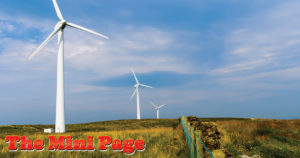
AMP | Kids is proud to partner with The Mini Page, celebrating over 50 years of providing engaging and fun learning opportunities to young readers across the country. This feature was originally syndicated in newspapers the week of March 28 – April 3, 2020. It is distributed digitally here with permission from Andrews McMeel Syndication. Enjoy and share with the young learners in your life!
Can you imagine a world without energy to:
- light and heat our houses?
- drive our cars?
- play music, TV and computer games?
Experts are working to make sure we don’t run out of usable energy. Perhaps you will be one of the people who finds a solution to our energy needs.
Fossil fuels
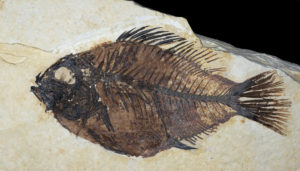
This fossil of a fish was found in Wyoming.
Most of the energy we use comes from fossil fuels. Fossil fuels were made from fossils, or the remains of animals and plants that lived hundreds of millions of years ago. These fuels include coal, oil and natural gas.
When ancient animals and plants died, they became buried underground and crushed by heat and pressure for millions of years. This turned them into liquid or gas — fossil fuels.
Fossil fuel supply
But these fossil fuels are running out. Once they are gone, a new supply can’t be made. Fossil fuels are nonrenewable energy sources. Unless we come up with some alternative, or other, fuels, most machinery won’t run.
There are other problems with fossil fuels. When they are burned, they give off gases such as carbon dioxide. Experts believe these greenhouse gases are adding to pollution and climate change.
Energy all around
Energy sources are found in many places. Different fuels might be used in different environments. For example, in Hawaii, people might get power from heat energy found underground near volcanoes. In coastal areas, ocean waves may provide energy.
Hydro power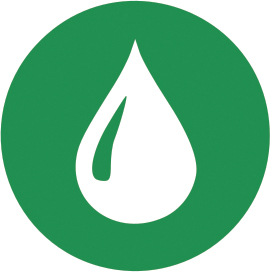
Hydro means “water.” When water falls or flows through a dam, it can be used to turn a machine to create electricity.
Solar energy
Solar power is energy from the sun. People have used it to dry their clothes or warm their homes for many years.
Solar panels, which store the sun’s energy, are made from the same materials that are used to make computer chips. Manufacturing them can create pollution. Also, using lots of solar panels can take up land. But once these panels are in place, they do not cause pollution and are inexpensive to run.
Biofuels
Biofuels are fuels made from plants. When people burn wood, they are using a biofuel.
Ethanol is a car fuel made from plants such as corn. Scientists are experimenting with using different plants such as prairie grasses and algae.
Wind energy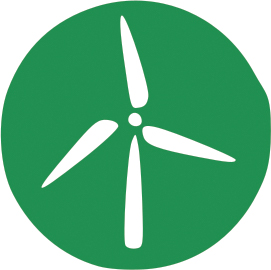
As with hydropower, wind energy is captured by a motor called a turbine. A turbine works the opposite way a fan does. A fan uses electricity to turn fan blades to make a breeze. In a turbine, the wind (or water) turns the blades and creates electricity.
People are grouping wind turbines together to form wind farms. These farms can create energy for a whole city.
Geothermal energy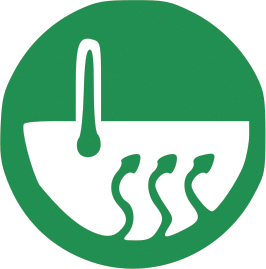
Geothermal means “heat of the Earth.” Far below the ground is the very hot outer core, or center, of the Earth. It is so hot that the rock and metals there are molten, or hot liquid.
This heat can boil water, which becomes steam. This steam can be used to work turbines to make electricity.
Ocean energy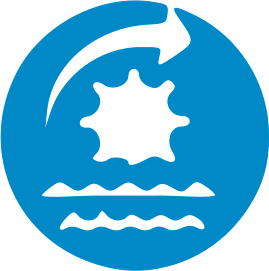
Energy also exists in the ocean.
- The regular up-and-down motion of the waves can push a machine up and down.
- Incoming and outgoing tides can push water through a turbine to create electricity.
- At the top of the ocean, the water is a lot warmer than it is deep under the surface. This difference in temperature can be used to create electricity.
Resources
On the Web:
At the library:
- Onion Juice, Poop, and Other Surprising Sources of Alternative Energy by Mark Andrew Weatland
Teachers: For standards-based activities to accompany this feature, visit Andrews McMeel Syndication. And follow The Mini Page on Facebook!
